
Back in 2015, I discovered woad (lat. Isatis tinctoria) - the source of shades evoking the sky and sea in Europe. It is one of the oldest dye plants, cherished for its adaptability to harsh conditions, its durable blue hue, and its versatility. This plant first emerged in the Neolithic period, as evidenced by vessels with seeds and blue-dyed fabrics. Over time, it gained prominence in France, England, Germany, Spain, and Italy, where it played a great role in their economies and became known as the blue gold of Europe. Woad also left its imprint along the coasts of the Baltic Sea and Scandinavia, where it has been used since the 4th century or earlier.
Given my deep immersion in textile history and historical reenactment, woad naturally held a special allure for me. I felt that truly understanding the essence of natural dyeing involves witnessing the entire life cycle of the plant: observing the seeds germinate, transform, flower, and mature, and harvesting and cleansing the leaves oneself, all the while tracing their origins.
My initial attempts to cultivate woad were rather unsuccessful. I quickly realized it struggled on a north-facing windowsill and didn't fare well on a south-facing one, especially when left unattended for two weeks during my holiday. Following these experiences, I entrusted my woad plants to the nurturing care of my mother. Now, tending to these plants symbolizes a bond with home, family, and the gardens of my childhood. Only under my mother's watchful eye do these plants truly flourish, and only in soil prepared by my dad can such abundant yields be realized. This shared endeavor is a testament to our unity, our conversations, our collaboration, and our mutual joy. To me, the hue of woad blue symbolizes care, family, and knowledge.
WOAD THE BLUE GOLD OF EUROPE


Woad seeds. Raminta Beržanskytė. 2019
Through numerous trials and errors, I've perfected the techniques for harvesting these plants and extracting their pigment. I cultivate just a few plants while the majority of my woad grows in my parents' garden. Given these limited quantities, every speck of woad pigment becomes precious.I reserve it for my research, creative practice, and special custom orders. I harbor hopes that, someday, I'll own a plot of land where I can fulfill my dream of fermenting couched woad, just as was practiced in medieval times, ensuring these time-honored methods remain alive and remembered.




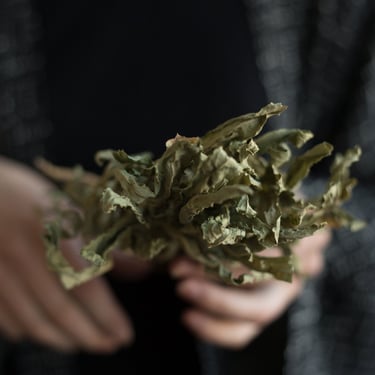
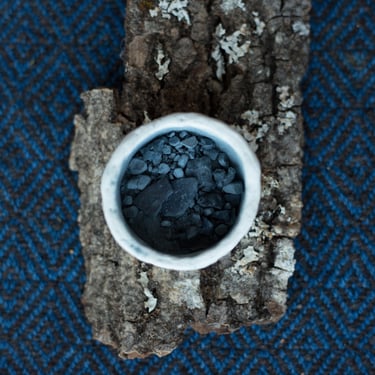
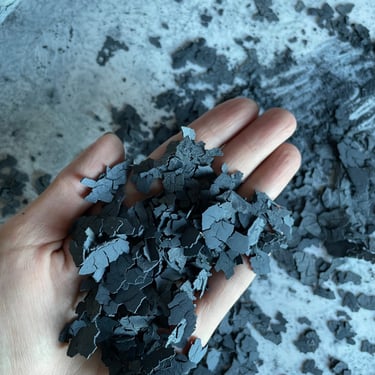
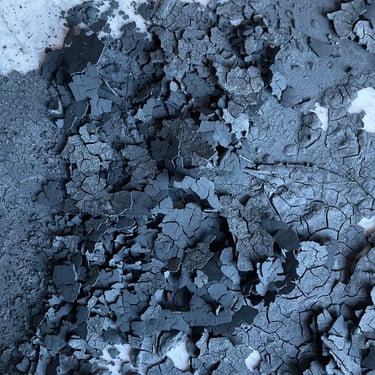
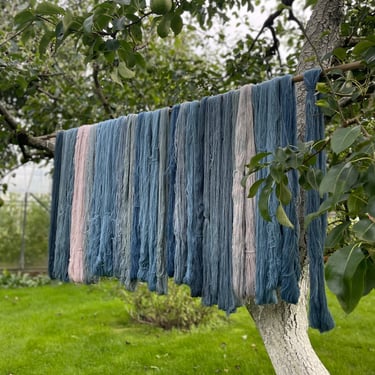
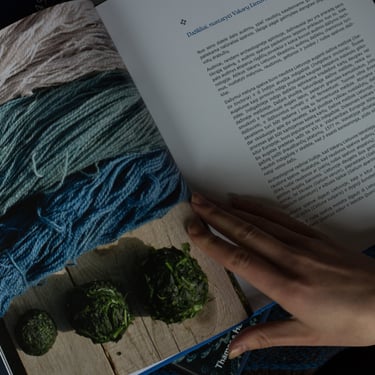


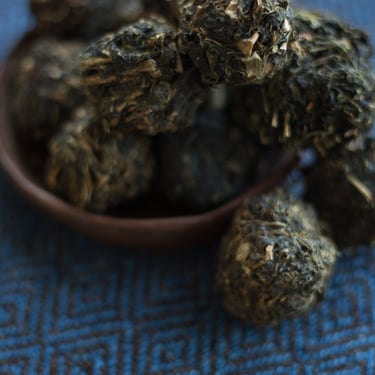

© Forests & Meadows 2024
Vilnius, Lithuania
LT-08200
hello@forestsandmeadows.com